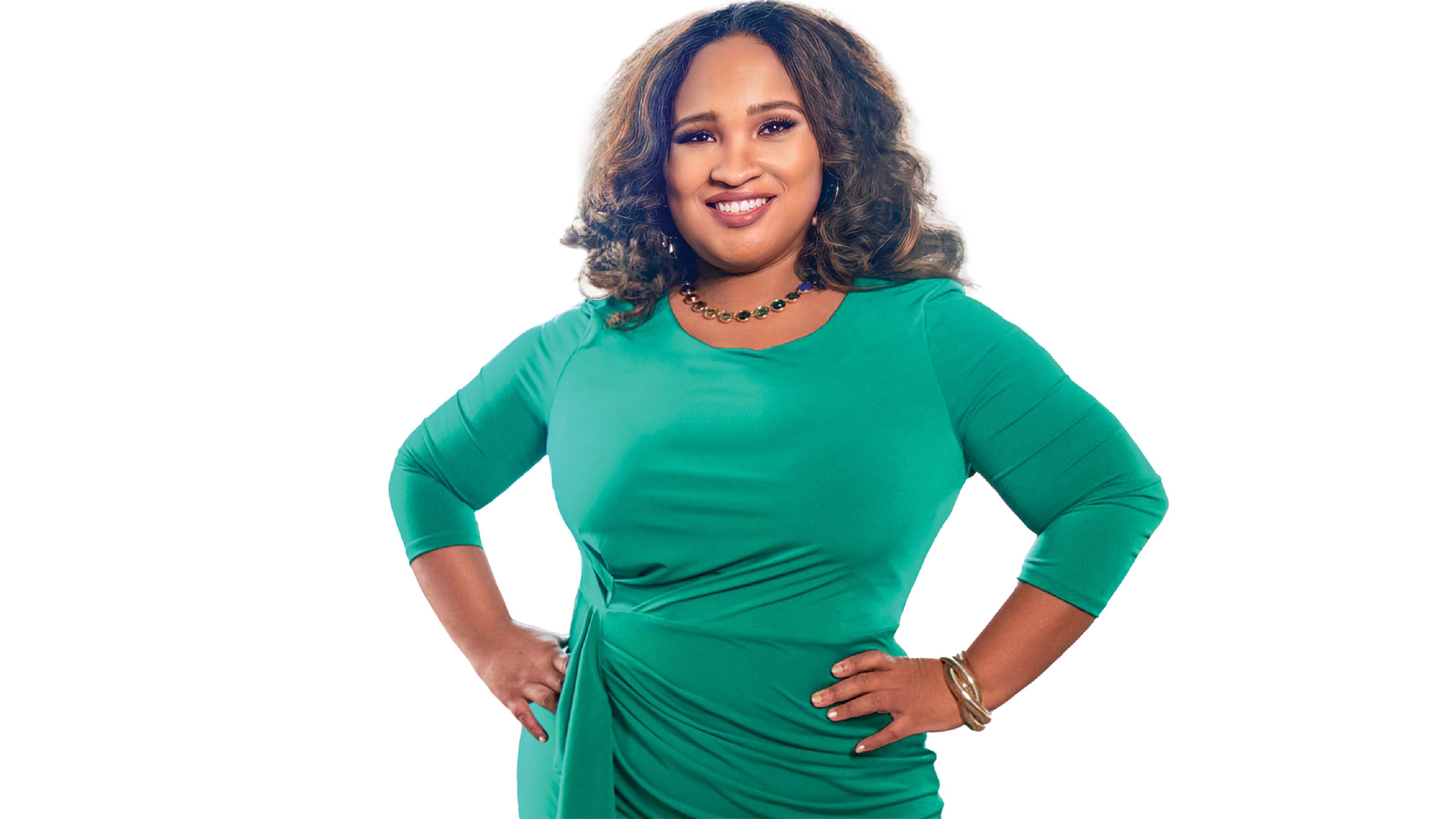Remedying the Gender Pay Gap
A proposed federal rule designed to bring men's and women's pay in line would be an ineffective, burdensome mandate for employers.


Q. What do you think about a proposed federal rule to require all companies with more than 100 employees to report the pay, age and sex of their workers, grouped by occupation? It’s supposed to expose pay discrimination against women.
A. It is not only illegal but unethical for an employer to pay an employee in a particular group—age cohort, race or sex—less than a colleague in the same job because of that characteristic. That’s indefensible discrimination. Fortunately, it is becoming rare today. Where such bias exists, the employer should be held responsible by legal action. But employers have a right to pay varying wages to workers in the same or similar jobs if the differential is due to verifiable factors, such as education and experience, and/or intangibles, such as quality of work, creativity or work ethic.
This proposed rule strikes me as a burdensome new mandate designed to close a gender earnings gap that is mostly the result of factors other than discrimination. The gap is largely a legacy of historical social trends that are fading on their own—such as lower levels of education among women and their former tendency to leave the workforce for long stretches to raise children.

Sign up for Kiplinger’s Free E-Newsletters
Profit and prosper with the best of expert advice on investing, taxes, retirement, personal finance and more - straight to your e-mail.
Profit and prosper with the best of expert advice - straight to your e-mail.
Today, with more young women graduating from college than men, and with more of them choosing higher-paying careers once dominated by men (in technology, medicine, finance and so on), the earnings gap between young men and women of similar education is rapidly narrowing. In 2012, all millennial women (ages 25 to 34), whatever their education and occupations, earned 93% of what their male counterparts earned; the comparable figure was 84% for women of all ages. Among millennial college graduates in professional positions, the gender gap has probably narrowed to zero.
One big problem with the proposed federal reporting rule, according to David Cohen, a pay consultant cited in the Washington Post, is that employers would have to slot each of their employees into one of 10 broad categories of work. A group called “professionals,” for instance, could include jobs as different as physicians, nuclear engineers and social workers. That will tell us nothing.
Have a money-and-ethics question you’d like answered in this column? Write to editor in chief Knight Kiplinger at ethics@kiplinger.com.
Get Kiplinger Today newsletter — free
Profit and prosper with the best of Kiplinger's advice on investing, taxes, retirement, personal finance and much more. Delivered daily. Enter your email in the box and click Sign Me Up.

Knight came to Kiplinger in 1983, after 13 years in daily newspaper journalism, the last six as Washington bureau chief of the Ottaway Newspapers division of Dow Jones. A frequent speaker before business audiences, he has appeared on NPR, CNN, Fox and CNBC, among other networks. Knight contributes to the weekly Kiplinger Letter.
-
 When Should You Hand Over the Keys — to Your Investments?
When Should You Hand Over the Keys — to Your Investments?The secret to retirement planning? "The best time to hand over the keys is before you’ve realized you need to hand over the keys."
By Maurie Backman
-
 A checklist for high-net-worth individuals looking to maintain and grow their wealth.
A checklist for high-net-worth individuals looking to maintain and grow their wealth.A strategic guide to managing, preserving, and expanding your wealth for long-term financial security.
By Dori Zinn
-
 CVS Will Pay “Pink Tax” and Drop Prices on Period Products
CVS Will Pay “Pink Tax” and Drop Prices on Period ProductsCVS is taking a stand against the pink tax, tampon tax, and period poverty in twelve states where tampons and other menstrual products are more expensive.
By Kelley R. Taylor
-
 They Lost a Spouse but Bounced Back: 5 Women’s Financial Stories
They Lost a Spouse but Bounced Back: 5 Women’s Financial StoriesWomen & Money A look at how five widows got their financial lives in order and got to a better, brighter, more empowered place. They did it, and so can you.
By Stacy Francis, CFP®, CDFA®, CES™
-
 What Will Happen With Health Costs in 2023
What Will Happen With Health Costs in 2023Business Costs & Regulation Higher drug costs are likely to accelerate health insurance premium increases.
By David Payne
-
 How Women Can Get What They Want (and Need) from a Financial Adviser
How Women Can Get What They Want (and Need) from a Financial AdviserWomen & Money Improving women’s experiences with financial professionals starts with honest conversations and some smart questions. And picking the right pro – one who knows how to listen – is critical.
By Ali Swart, CFP®, MBA
-
 Abortion and Taxes: What Happens Now Without Roe v. Wade?
Abortion and Taxes: What Happens Now Without Roe v. Wade?Women & Money See how abortion-related medical expense deductions, HSA and FSA payments, employer-provided travel, and charitable contributions will be handled now that Roe v. Wade has been overturned.
By Rocky Mengle
-
 3 Start-Small Financial Goals for Every Woman
3 Start-Small Financial Goals for Every WomanWomen & Money Getting control of your finances is a big task, but you can always start small. Three mindful steps could get you on the right path.
By Stacy Francis, CFP®, CDFA®, CES™
-
 Why the Sandwich Generation Just Got Worse for Women
Why the Sandwich Generation Just Got Worse for WomenWomen & Money COVID amped up the pressure on women providing for their families recently. If you’re “stuck in the middle,” don’t lose hope. Take some tips on how to get some breathing room again.
By Neale Godfrey, Financial Literacy Expert
-
 Make the Most of the New Workplace
Make the Most of the New WorkplaceEmployee Benefits In the wake of the pandemic, employers are willing to be more flexible and inclusive.
By Rivan V. Stinson